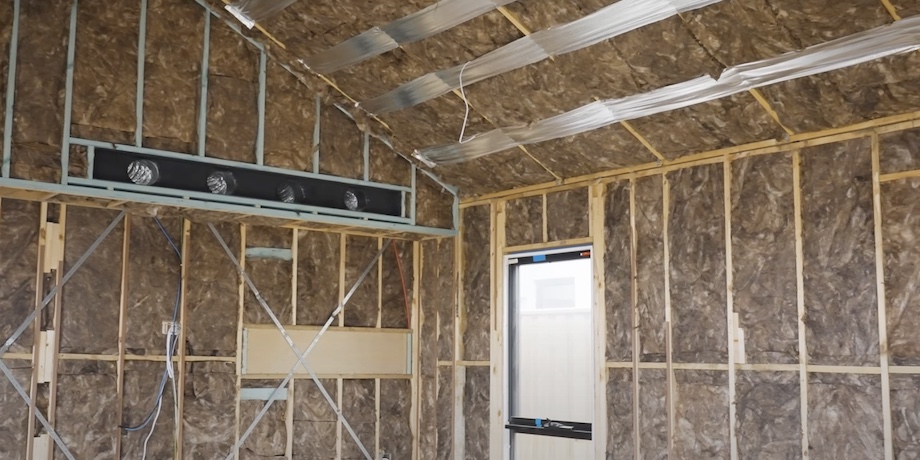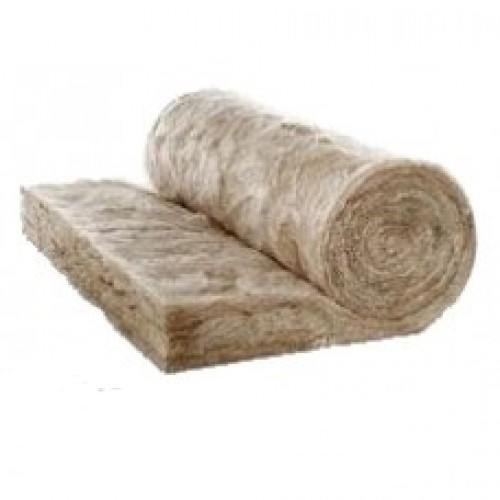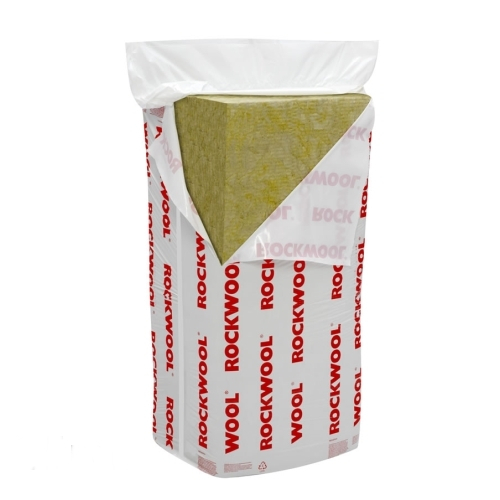Acoustic Insulation Lessons

Why is Insulation the Best Way to Control Noise Pollution
If you are living in a noisy neighbourhood, near a construction site or just have noisy teenagers on your hands, now would be the perfect time to start considering some options in dealing with the problem. Namely, noise issues are not just annoying but can also seriously damage your health if becoming a continuous and never-ending problem. This is why you need to apply some measures, starting from more modest one that you can easily afford up to those that consume more time, energy and money but will ultimately give you your piece of mind. The process of identifying noise sources and choosing the most adequate mean of dealing with it, include a few carefully planned steps that are not as complicated as you may think at first. Thus, all you need are some acoustic insulation lessons to get you started.
Sound travels in waves and is transmitted through air, water and some materials if these are not properly insulated. It is measured in decibels, so the higher the figure, the more noise you will experience. Now, tolerable levels of noise differ depending on the surrounding and type of building. For example, it is expected to be noisy at a construction site or in a factory, why people there wear protective equipment. On the other hand, houses also tend to be more quite than apartments, since here, you have more noise sources.
Depending on the magnitude of the noise problem, you can try different solutions. Some will only reduce the noise why some specially designed acoustic insulation materials are made to block the sound. While sound absorbing techniques are usually used to control the sound transmission within the room, soundproofing usually refers to materials that are installed onto floors, walls and ceilings to stop the sound (read noise) from entering the room and vice versa. For example, floor pads, heavy drapes, window shades, pillows are used for absorbing the sound within a room and thus preventing it from bouncing off surfaces. At the same time, specialized sound insulation materials such as rock or natural sheep wool acoustic rolls and slabs are used to add insulation to walls, floors and ceilings and thus prevent the noise from getting inside. Some areas combine both approaches, such as acoustic rooms, music studios or conference halls, while in other cases, the option you need, will depend on the noise source.
Anyhow, we always advise on adding insulation and combining it with some less expensive tricks such as caulking around doors and windows (or even replacing windows with double or triple glazed ones, since glass is an excellent conductor of cold, heat and sound), hanging proper curtains, using thick carpets or adding heavy pieces of furniture which could also be used as sound blockers.
How to Make the Final Choice on Insulation
Once you have determined the source of noise, you will need to decide which acoustic insulation material would be the best choice for you. You will notice that there are a lot of available insulation options nowadays, offering different levels of sound blocking and/or sound absorbing, but basically working on the same principle. If you are having problems making the final choice, then there are a few things that you should consider.
The first one is probably the price, where you should include not only material costs but also the installation costs. The second one refers to the ease of installation which will obviously affect the overall costs of adding acoustic insulation. Basically, some materials you can install yourself with only proper tools, while others may require professional help. Finally, another important aspect should always be the ecological aspect of insulation. You will notice that some materials, although effective, are potentially dangerous for the environment (either due to the manufacturing process either due to its characteristics like their recyclability). If you want to do something good for the planet, then you are better off with some “green” acoustic insulation alternatives that are just as effective as the alternatives but will not pollute the environment. Another important thing to keep in mind which is connected to the aforementioned ecological side of insulation is the safety issue. If you have deiced to install insulation yourself then make sure that the material is not anyhow dangerous for your health and if there are any potential health risks, then make sure to take all the precautions.
If you have understood everything said, it is time to give some practical advice on which acoustic insulation material to choose. Our top choices are mineral wool acoustic rolls and slabs such as Knauf Acoustic Insulation Roll or Rockwool RWA45 Insulation Slab which poses all the above mentioned characteristics that you may find important when making the final decision.


Knauf Acoustic Insulation Roll Rockwool SL920 Insulation Slab
This includes the following:
- The overall costs of purchasing and installing top quality UK insulation products are lower than when compared to the alternatives, not only due to very favorable prices we offer, but also due to the fact that these materials can be easily installed with no professional help required. Depending on the construction element under insulation, they are simply rolled down or laid between timber studs, floor joists or roof rafters and properly secured.
- These products are very versatile since they can be used in different surfaces, such as walls, floors and roofs, with the same installation method and only different measurements. Another important fact is that these materials offer not only acoustic insulation but also a level of thermal insulation which is equally if not more important.
- Finally, if the ecological aspect of acoustic insulation is of importance to you, it is good to know that both materials are eco-friendly with low environmental impact and no hazardous gasses used in the manufacturing process.
Order acoustic insulation online or send us a quote request for the items you need. Visit Insulation Shop's online store or contact us via email or phone.




































































































































